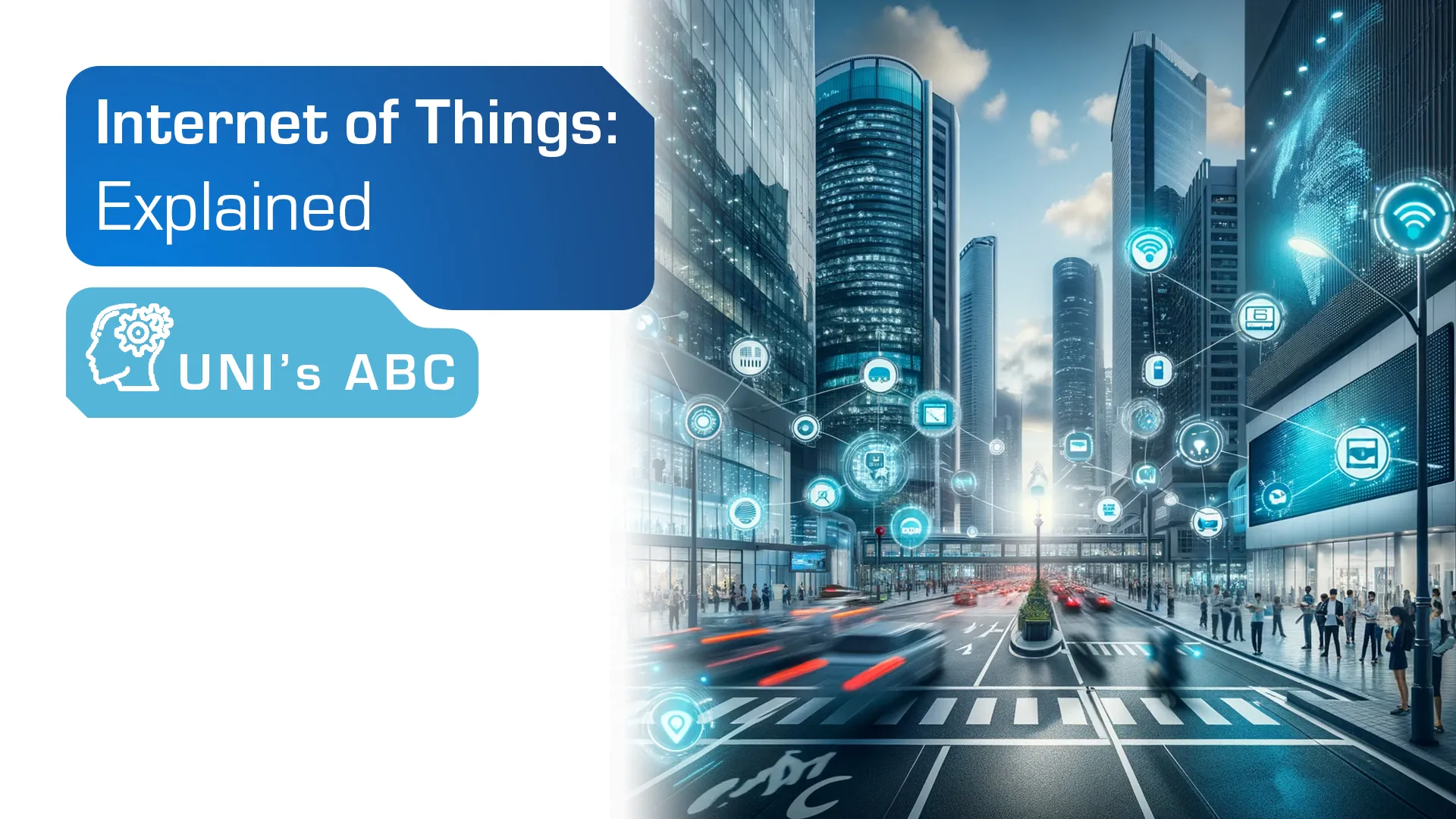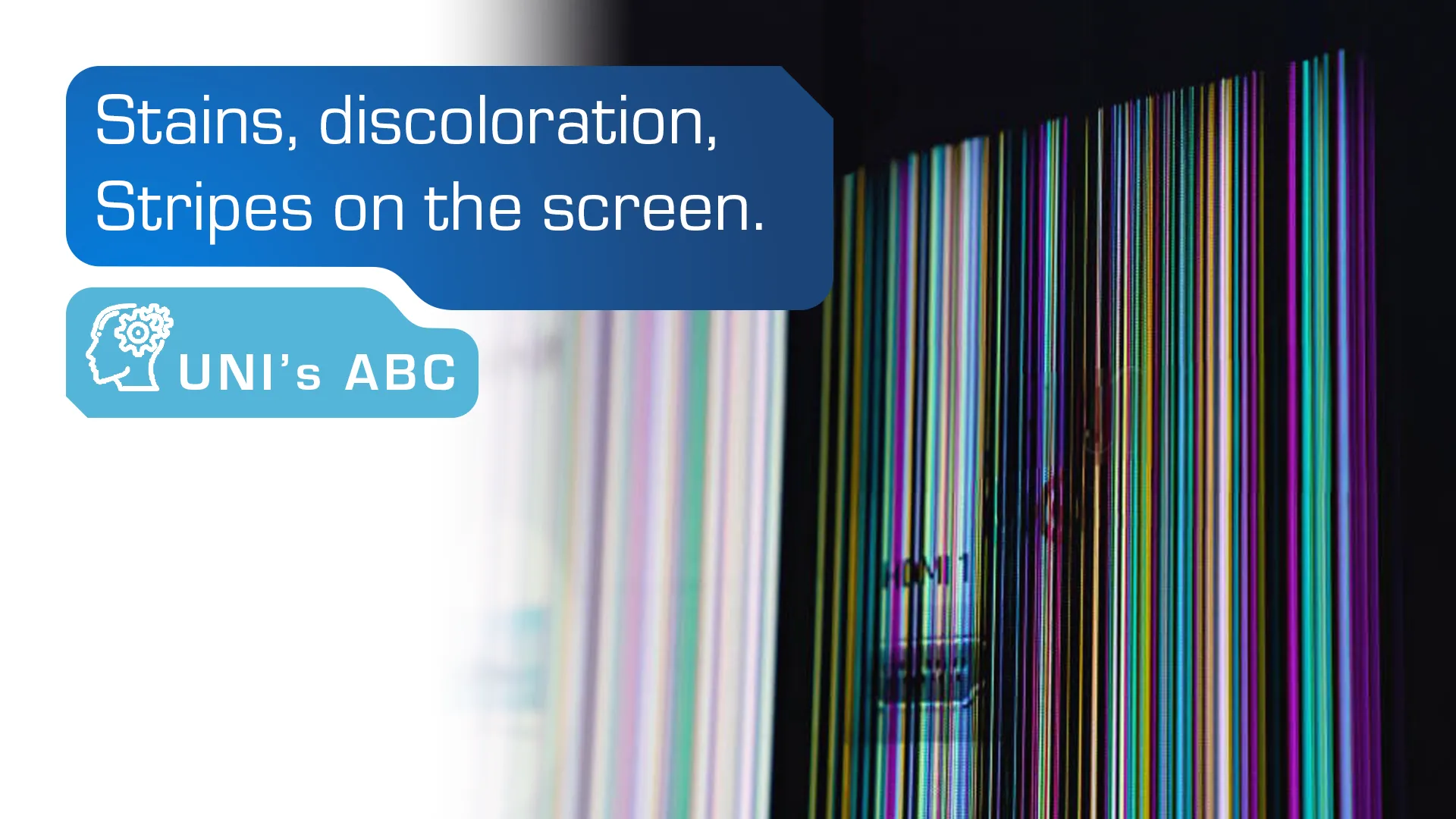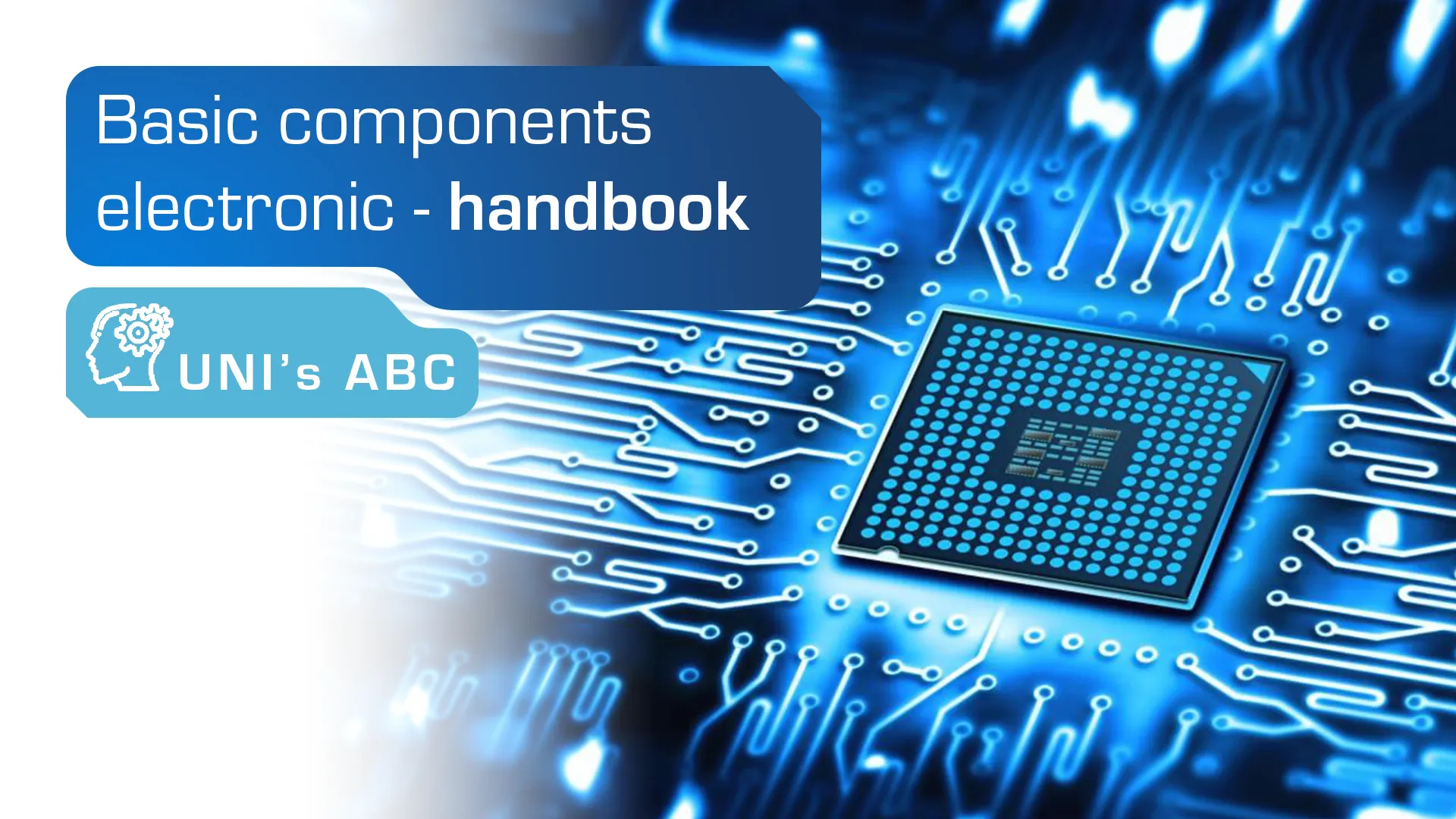Table of Contents

How to choose the brightness of the display according to the brightness of the environment? It all depends on the information visualization technology used – primarily because not all solutions “shine”, which means that such a parameter as “brightness” is not defined for them.
By far the “most difficult” group are LCD displays – in this case, adjustment of module brightness is strictly dependent on the brightness of the environment. If you don’t choose the right value for this parameter, you can expect the content presented on the screen to be unreadable. Today, LCD displays are still the most widely used components for visualizing information in a variety of applications. Are there chances to change this trend?
LCDs – popular but capricious
Certainly, we use LCDs most often – they dominate the devices we use on a daily basis: work tools, consumer electronics and household appliances, various types of kiosks/totems, information or advertising media… We could enumerate more examples for another hour.
Each of these devices is located in a specific space; they differ, among other things. lighting intensity, which defines the value of one of the most important parameters of LCD displays, i.e. clarity. Unfortunately, there is no universal “key” for selecting brightness – each project is different and requires an individual approach. However, it is possible to indicate some indicative values of this parameter for selected applications, which will help in the selection of a suitable LCD display. We have collected them below:
- ca. 250 cd/m2 – Typical brightness for home and office equipment;
- ca. 250 cd/m2 – Sufficient brightness for gaming applications, ie. slot machines; the places where they are usually located (e.g., casinos) are spaces with dim lighting, so the content presented on them will be clear enough;
- ca. 500 cd/m2– Kiosks/totems placed in intensely lit interiors, among others. shopping malls, train stations and airports, public buildings such as offices; among them. Self-service cash registers, ticket machines and parking meters, information desks, vending machines, etc..;
- At least 750 cd/m2 – advertisements placed in intensely lit interiors, among others. Shopping malls, train stations and airports, public buildings such as offices;
- ca. 750 cd/m2 – Optimum brightness for selected industrial applications such as HMI control panels;
- ca. 1000 cd/m2 – optimum brightness for modules installed in vehicles; it is worth remembering that electronics intended for installation in vehicles must meet a number of additional requirements – for example: devices used in rail transportation must comply with the PN EN 50155 standard;
- At least 1000 cd/m2 – External applications*.

*Provided these are not sunny locations, in which case we recommend using LCD displays with a brightness of at least 2500 cd/m2 (higher brightness solutions are available from Litemax, among others). In addition, for this type of application, it is a good idea to use LCD displays with hiTNI technology, which prevents the occurrence of the so-called “hyTNI”. “black spots” appearing on screens as a result of liquid crystals temporarily losing their original properties when exposed to intense solar radiation (learn more about liquid crystals).
Explore our range of LCD displays – that’s more than 700 models of LCD displays from reputable suppliers, such as. AUO, Litemax or Winstar.
OLEDs – reliable, but expensive
This is a technology that is relatively “immune” to factors that can affect the readability of the content presented, such as ambient brightness. The OLEDs that make up the matrix are the source of light, which allows for infinite contrast, as well as full viewing angles that provide unlimited access to the images on display, whether you are in a lit or darkened space (learn more about OLED technology).
Currently, OLED displays – for “economic” reasons – are mainly used in applications requiring solutions with small diagonals, i.e. usually approx. 5 inches. Among them. wearable devices such as smartwatches, consumer electronics and appliances such as audio/video players and coffee makers, and computer equipment such as printers and scanners. We also come across them in industry – they are perfect as screens in portable measuring equipment.

In the table we present selected models of OLED displays from Winstar, which are included in Unisystem’s offer:
| parameter | WEO006448A / graphic | WEA012864L / graphic | WEX025664B / graphic | WEG020016A / graphic | WEO128128B / graphic(round) | WEH000802A / sign | WEH001601B / sign | WEH004002A / sign |
|---|---|---|---|---|---|---|---|---|
| available color variants* | white, yellow, blue | white, yellow, blue | white, yellow, green, blue | white, yellow, blue | white, yellow | white, yellow, green, blue | white, yellow,green, blue, red | white, yellow, blue |
| size | 0.66″ | 1.28″ | 3.12″ | 4.9″ | 1.18″ | 1.2″ | 2.25″ | 5.85″ |
| resolution (for graphic) /characters x lines (for character ones) | 64×48 | 128×64 | 256×64 | 200×16 | 128×128 | 8×2 | 16×1 | 40×2 |
| installation | COG | COG+PCB | COF | COB | COG | COB | COB | COB |
| contrast | 2000:1 | 2000:1 | 2000:1 | 2000:1 | 2000:1 | 2000:1 | 2000:1 | 2000:1 |
| interface | 6800, 8080, SPI, I2C | I2C | 6800, 8080, SPI | 6800/8080, SPI | 6800, 8080, SPI, I2C | 6800/8080, SPI | 6800/8080, SPI | 6800/8080, SPI |
| controller | SSD1306 | SH1106 | SSD1322 | WS0010 | SSD1327 | WS0010 | WS0010 | WS0010 |
| power supply | 3 V | 3/5 V | 3 V | 5 V | 3 V | 5 V | 5 V | 5 V |
| active area | 13.42 x 10.06 mm | 29.42 x 14.20 mm | 76,778 x 19,178 mm | 123.95 x 11.15 mm | 30.00 x 30.00 mm | 28.16 x 11.86 mm | 56.95 x 5.55 mm | 148.13 x 11.85 mm |
| external dimensions | 18.46 x 18.10 x 1.3 mm | 35.50 x 32.00 x 2.66 mm | 88.0 x 27.8 x 2.05 mm | 182.0 x 38.5 x 9.3 mm | 37.18 x 41.23 x 2.05 mm | 58.0 x 32.0 x 10.0 mm | 80.0 x 36.0 x 10.0 mm | 182.0 x 38.5 x 9.3 mm |
| operating temperature range | -40~80°C | -40~80°C | -40~80°C | -40~80°C | -40~80°C | -40~80°C | -40~80°C | -40~80°C |
EPD – an increasingly popular green alternative
For EPD (Electronic Paper Display) solutions, brightness is not specified, as they do not use backlighting and do not emit any light; therefore, they are energy-efficient solutions – a small amount of current is consumed only when changing content. However, this has its consequences in terms of access to the images on display – in locations where there is a lack of a sufficiently intense source of light, such as after dark, the guarantee of legibility of the presented content is to provide additional lighting, such as LEDs.
There are niches in the market where e-paper displays are commonly used – consumers most often associate them with e-readers, although they may also come across them, such as when shopping (e-paper price tags on store shelves) or traveling (e-paper timetables at stations/stops). It is also possible to use e-paper displays as advertising media – here it will work, among others. AB1024-EGA model, which is a variant developed on the basis of ACeP (Advanced Color e-Paper) technology, on which seven colors are possible: black, white, red, yellow, blue, green and orange (learn more about color e-paper displays from E Inka).

The table shows selected models of EPD displays from E Inka, which are available from Unisystem:
| parameter | ET011TT2 / circular | ED029TC1 | ED057TC2 | ED078KC1 | ED133UT2 | ED312TT2 | AC133UT1 / full range of colors |
| size | 1.1″ | 2.9″ | 5.65″ | 7.8″ | 13.3″ | 31.2″ | 13.3″ |
| resolution | 240×240 | 296×128 | 600×448 | 1404×1872 | 1600×1200 | 2560×1440 | 1600×1200 |
| interface | CFI | CFI | CFI | CFI | CFI | CFI | parallel 8-bit |
| active area | 27.96 x 27.96 mm | 66.9 x 29.06 mm | 114.90 x 85.80 mm | 118.64 x 158.18 mm | 270.40 x 202.80 mm | 691.20 x 388.80mm | 270.40 x 202.80 mm |
| external dimensions | 34.60 x 31.80 x 0.53 mm. | 79.0 x 36.7 x 1.15 mm | 125.40 x 99.50 x 1,166 mm | 127.60 x 173.80 x 0.78 mm | 285.80 x 213.65x 0.78 mm. | 697.20 x 402.80 x 0.805 mm | 285.80 × 213.65 × 0.993/0.953 mm. |
| operating temperature range | 0~50°C | 0~50°C | 0~50°C | 0~50°C | 0~50°C | 0~50°C | 15-35°C |
While we’ve seen growing interest in EPD technology in recent years, there are still barriers that discourage the use of e-paper – interestingly, it’s not just the price. A frequently raised issue is the implementation of e-paper displays in end devices – it concerns, on the one hand, among others. assembly of delicate modules, and on the other hand, among other things. content refresh aesthetics. Sometimes – despite the perceived benefits of EAP solutions – company representatives made the decision to choose another information visualization technology due to limited human and/or hardware resources. This motivated us to develop two solutions based on E Inka products, which also allow companies without sufficiently developed in-house facilities to use e-paper (learn about USEC and USEM solutions from Unisystem).
Undoubtedly, LCD displays are still the most common solutions – due to implementation costs. Moreover, manufacturers are constantly improving the products available on the market. Nowadays, it is not a problem to select an LCD solution for “demanding” applications, e.g. information kiosks/totems located in city spaces. Such a device can be fitted with, for example, the 31.5-inch model P320HVN07.0 from AUO – the content presented on it will be perfectly readable thanks to appropriately adjusted parameters, such as, among others. brightness (2500 cd/m2), contrast (4000:1) or viewing angles (89°/89°/89°/89°). Its operating temperature range has been set at -20 to 60°C, which guarantees the module’s smooth operation in variable weather conditions – both in hot summers and cold winters.
At the same time, alternatives to LCDs can be expected to emerge in the years to come, as each of the technologies in question is constantly being developed. A few months ago, the world was abuzz with news that work on a 28-inch color e-paper was being carried out by two brands that specialize in different display technologies, namely. E Inka and Innolux. Is this a harbinger of revolution? We’ll see…
2021-02-10
Recent Knowledge

Internet of things, what it is and examples of industrial applications
The Internet of Things (IoT) is one of the most promising and rapidly developing technologies of recent years. Its application in business brings great opportunities to optimize processes, reduce costs […]

Stains, discoloration, stripes on the screen – how to identify and repair defects in industrial displays?
The dark spot on the iPhone screen, the black spot on the TV, the colored spots on the phone screen, the yellow spot on the display … Problems with screens […]

Basic electronic components in industry – a guide for beginners
Electronics has played an extremely important role in all branches of modern industry for many years. It allows automation of production processes, precise control of machines and equipment, collection and […]

Optoelectronics – basic information and example applications
Optoelectronics is the branch of electronics that deals with the conversion of electricity into light and light into electricity using semiconductor materials called semiconductors. Semiconductors are crystalline solid materials with […]



